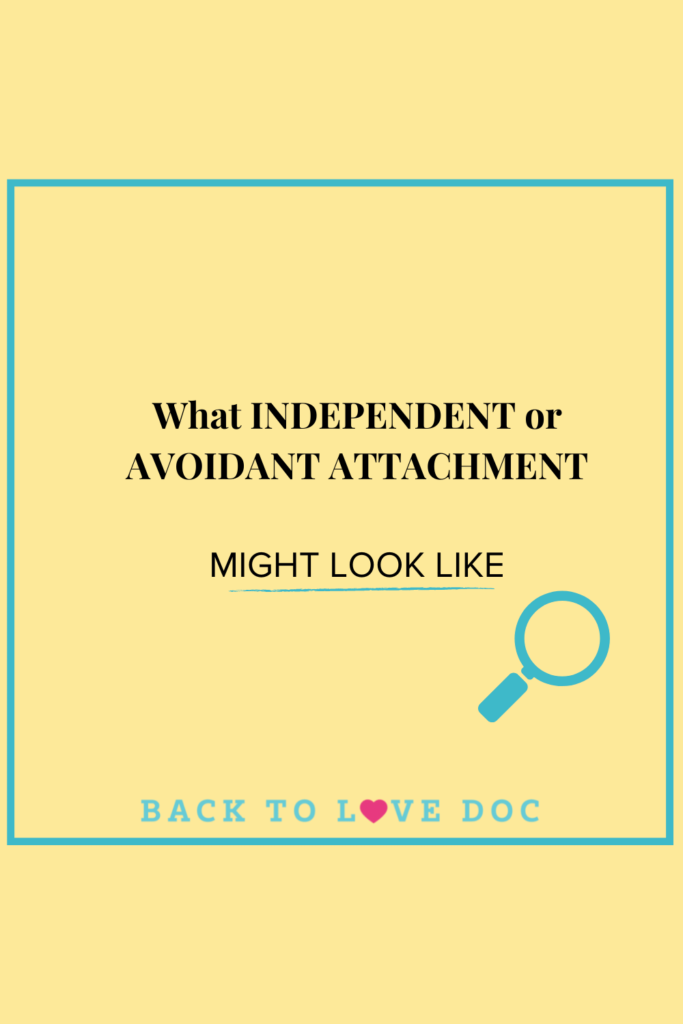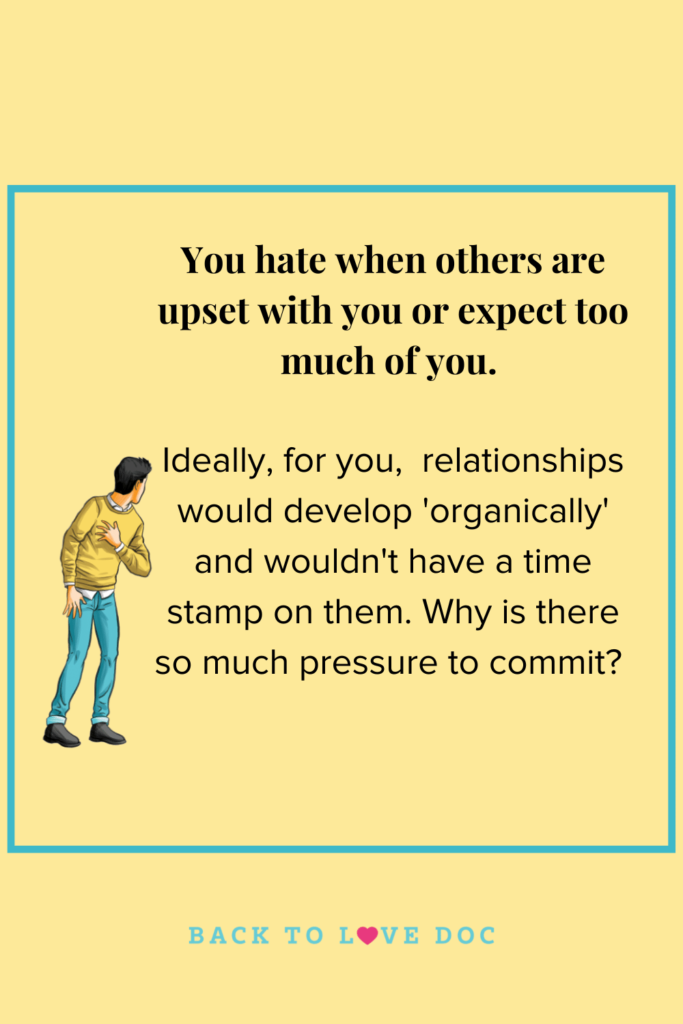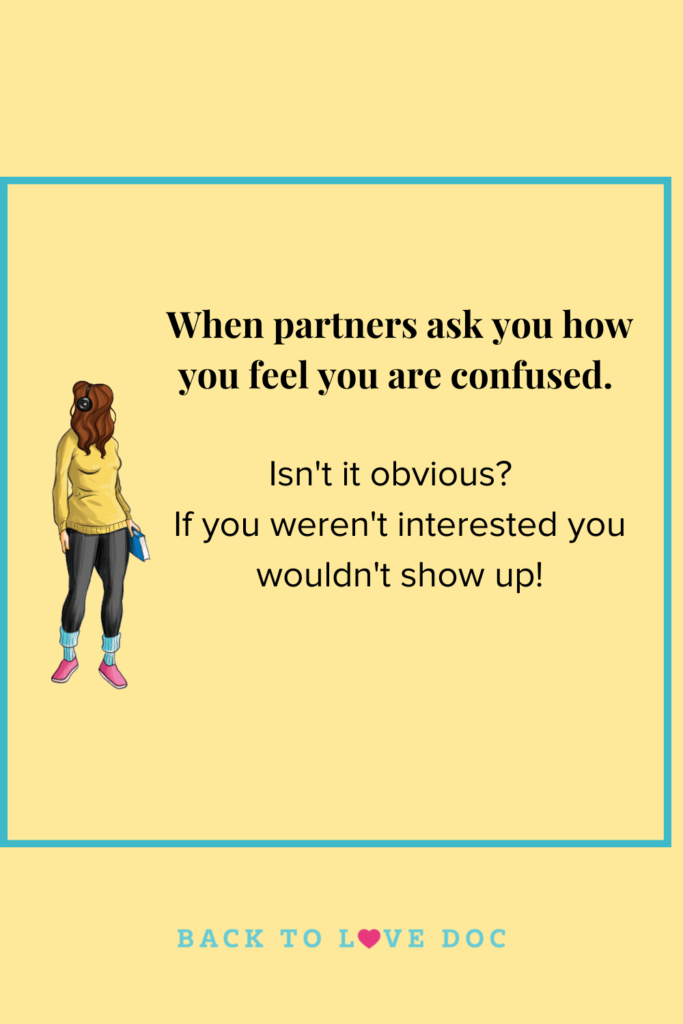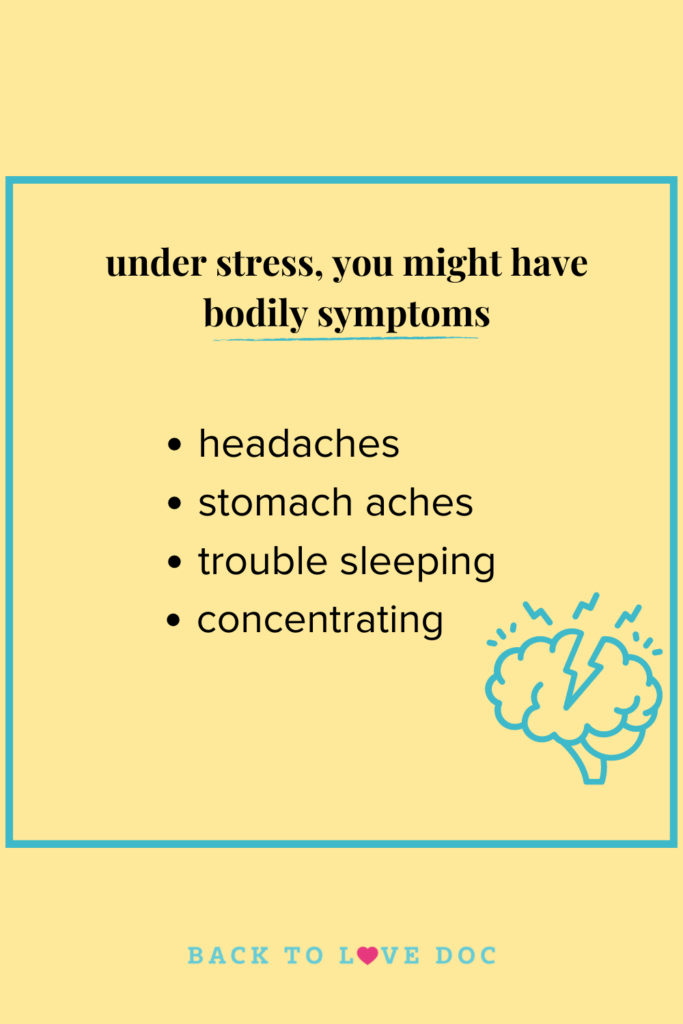What Is Independent
Attachment Style?
What is Fearful-Avoidant Attachment?
Are you navigating midlife and finding that your relationships—with your spouse, dating partners, adult children, daughter-in-law, or even colleagues—feel complicated or unfulfilling? This stage of life often brings challenges, and how you relate to others is deeply connected to your attachment style. Two common attachment styles that impact relationships are anxious and avoidant attachment.
While anxious attachment is marked by a fear of abandonment and constant need for reassurance, avoidant attachment (also called Fearful-Avoidant or Independent Attachment Style) presents different struggles. People with an avoidant attachment style find it hard to trust others or feel emotionally safe in relationships. This can show up not only in romantic relationships but also in your connections with family, friends, and colleagues.
If you have an avoidant attachment style, you might prefer to keep others at arm’s length, even though deep down, you desire closeness. You may feel torn between wanting connection and being afraid of getting too close. The avoidant person often values independence to the point where relying on others feels uncomfortable. You might catch yourself thinking things like, “I don’t need anyone else to be happy,” or “People are too needy.” Avoidants tend to shut down emotionally when things get tough, making it hard for others to connect with them.
This ambivalence can create tension in midlife relationships. With your spouse or partner, you might struggle with intimacy and avoid difficult conversations. In dating, it may feel safer to stay unattached rather than risk vulnerability. With your adult children or daughter-in-law, you might find yourself distancing emotionally, afraid to seem too involved. And at work, avoidant attachment can make collaboration feel like a burden, preferring to do things on your own.
But here’s the key: even if you recognize these patterns, you don’t have to stay stuck. The avoidant attachment style, like anxious attachment, can be understood and healed with the right tools. By addressing the underlying fears and learning to trust others, you can improve your relationships and feel more connected, without losing your independence.
Imagine being able to have a deeply connected marriage while still feeling secure in your need for space. Or navigating tricky family dynamics with confidence, knowing that you can handle closeness without feeling overwhelmed. Understanding your love style—whether it’s anxious or avoidant—gives you the power to avoid past mistakes and stop sabotaging your happiness.
I’ve created a free quiz that will help you discover if you have an avoidant attachment style. It’s a quick way to figure out whether this pattern is playing a role in your relationships—whether with your partner, children, family, or even at work. Understanding your attachment style is the first step toward healing and creating healthier, more fulfilling connections in midlife.
















